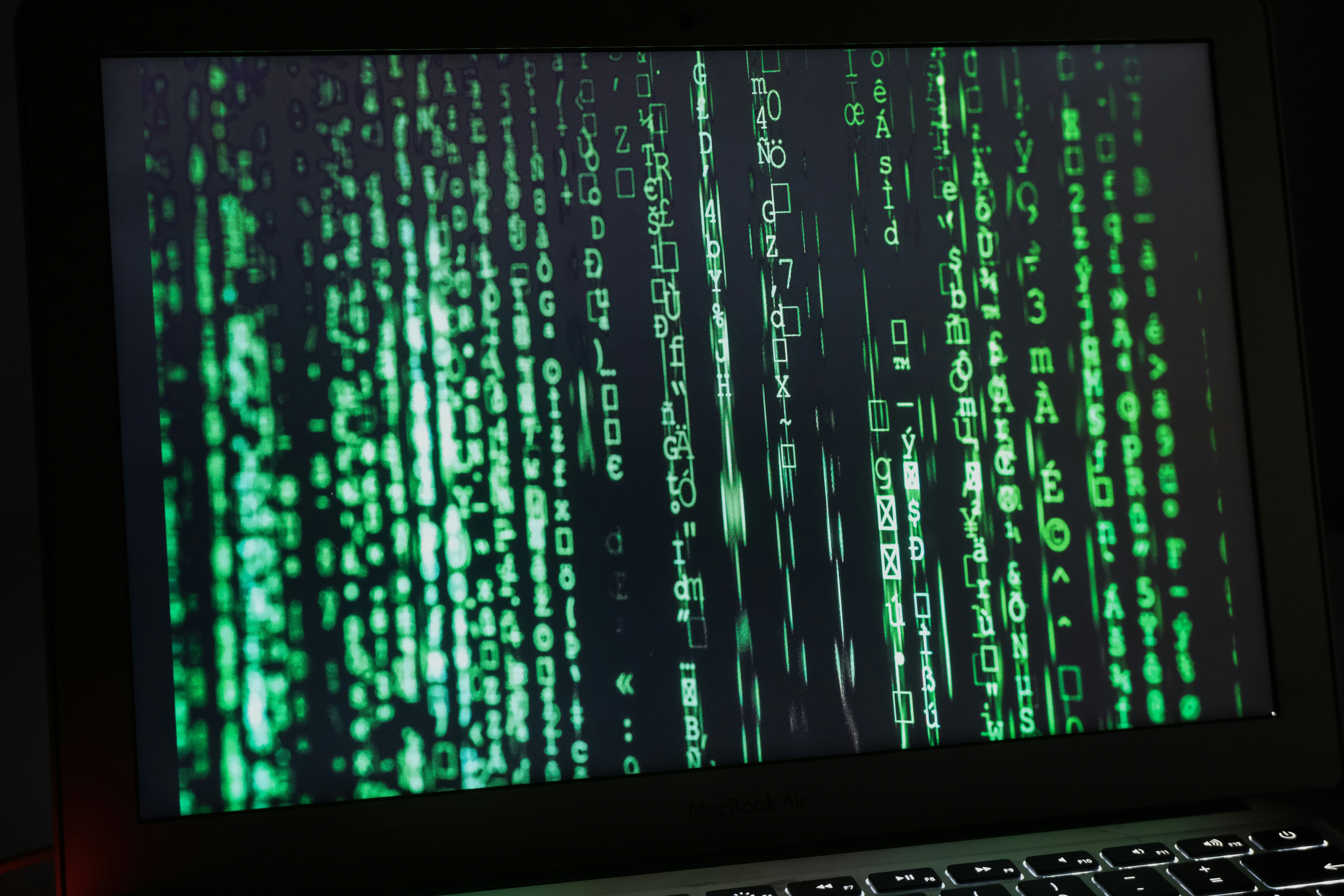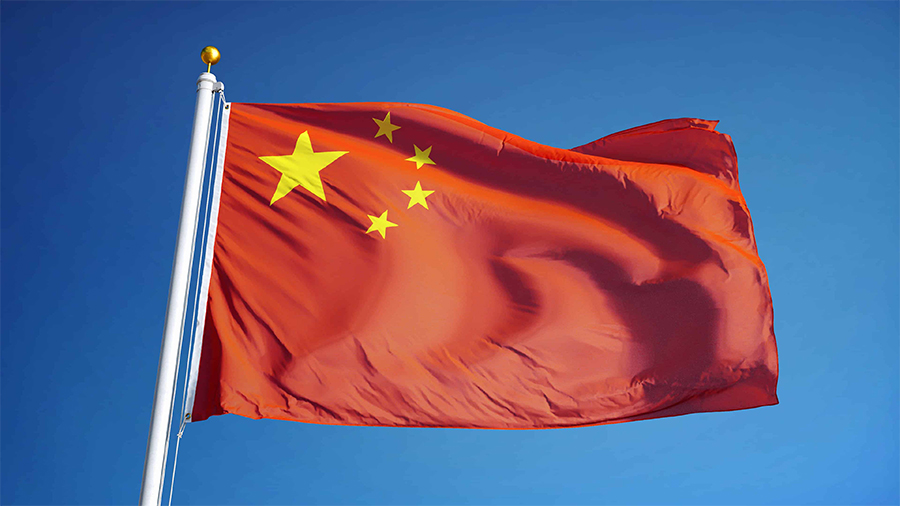
As Nepal embarks further into online connectivity revolutions driven by expanding internet footprints across the country, concerns around digital threats to privacy, misinformation outbreaks and criminal activities using cyberspaces have also understandably surged.
This poses important policy deliberations on whether tighter internet controls along the lines of China’s sweeping Great Firewall need rollout to safeguard wider societal interests while enabling innovations to flourish responsibly within a regulated environment.
What is China’s Great Firewall?
The aptly nicknamed Great Firewall of China constitutes a gigantic system of interlinked online censorship programs enforced by the state with the world’s most sophisticated – and controversial – regime around curating its citizens’ internet experience.
Officially named Golden Shield, China created a massive digital barrier to monitor and selectively filter cyber traffic across websites, social media, search engines and apps used within its territory. Enabled from 1998, it restricts access to prominent global platforms like Twitter, Facebook, and foreign media outlets not officially registered while enforcing removals of content deemed undesirable from behind the global internet through filters analysing every bit coming into China around the clock.
Updated frequently to target trending apps and coded phrases of dissent, critics describe a vast apparatus designed for surveillance powered by artificial intelligence alongside manual oversight by tens of thousands of sensors.
The Great Firewall gives China’s government sweeping control over regulating the flow of information accessible to its citizens online alongside traceability of individual digital trials for legal or extralegal suppression of speech questioning state policies according to detractors.

Supporters however justify strict curbs as essential for managing deliberate disinformation by adversarial forces, curating age-appropriate content that aligns with cultural standards, and ensuring digital innovations prosper within legal guardrails aligned with domestic political ideologies.
They claim the vast majority of citizens reliant on Chinese language content remain least affected by filtering primarily targeting foreign sites. With debates around online harms attracting wider global scrutiny of tech companies’ liabilities, China’s model of preemptive controls and localized platform dominance offers insights into an alternate authoritarian-friendly governance structure for emerging digital ecosystems centred on state security and enforced harmonization.
Does Nepal need its version of the Great Firewall too?
As Nepal’s internet usage gallops with mobile and broadband penetration nearing total population, concerns around regulating cyberspace for social good found a renewed spotlight recently amidst growing instances of misinformation spread online having real-world violent consequences.
Fringe extremist groups already weaponise hate speech on social media to flare suspicions along ethnic lines. Anonymised spaces like public WhatsApp groups and TikTok (Currently banned in Nepal) witness worrying dog whistling calling for restrictions on religious clothing or normalising violence against women.
Platform accountability over community guidelines enforcement remains minimal despite complaints. Some storm Twitter aiming to distort policy narratives around sensitive issues with unverified but sensational claims further eroding the civility of discourse. The extreme polarization and outrage-mongering online around contested symbolism or development activities carry risks of culminating in vandalism on the ground.
Children’s unfiltered access to pornography or violent content also worries parents. Does all this justify adapting China’s model with local tweaks – moderating inflammatory narratives that risk communal tensions while protecting youth from perceived online harms through stringent state-controlled filtering?
Potential upsides of stronger internet censorship

Similar to China’s rationale, advocates for tighter digital controls in Nepal also favour blocking inflammatory fake news before it provokes sectarian violence in society. They demand swift takedowns of content inciting discrimination against women, and marginalised groups or normalising surveillance on activists.
Protecting political processes and national security interests from foreign interference using the internet as cover also mentions those favouring Chinese firewall-like restrictions customised for local context if global tech firms fail self-regulations.
Some support state censorship selectively around pornography, political extremism and regulating social media companies’ perceived accountability failures around moderating contentious narratives. They dismiss slippery slope criticisms arguing judicious blocking through transparent oversight bodies differs from full-scale authoritarian control over information flows.
Locally engineered firewalls protecting Nepali internet aligned with ground realities will nurture innovation with security rather than stifle economic progress they claim.
Risks of over-blocking access
However, critics argue establishing new bureaucratic gatekeeping mechanisms sustains the risk of overbroad censorship vulnerable to abuse rather than enhancing the free flow of information with safeguards.
Infringing constitutional rights around justifiable restrictions that respect universal principles worries many. They allege state firefighters keen on banning online dissent coupled with a poor understanding of technical complexities pose a greater long-term detriment to Nepal’s digital economy aspirations.
Less intrusive solutions exist like expanding digital literacy programmes and working alongside platforms for moderating content judiciously rather than stoking fears around ‘vulnerable users’ needing protection through blunt information denial.
Duplicating the Chinese model discounts fundamental differences between the single-party political context and Nepal’s pluralistic constitutional framework centred on rights according to critics.
Constructing great firewalls around free expression has a chilling effect on whistleblowers, marginalised groups and cultural creativity. Ultimately hidden mass surveillance capacities and distrust of citizens go against the principle of least control.
Simple measures like anonymised court orders demanding takedowns of limited activities engaging in direct incitement of harm, violence or illegal acts seem less radical pathfinding. Shielding the public from imaginary digital harms through firewall restrictions oriented towards information control risks far graver real-world developmental harms for generations to come, caution global free internet advocacy groups.
Balancing interests: Oversight bodies, court interventions

Constructive models for securing Nepali cyberspace lie not through blanket censorship controls but calibrated transparency mechanisms enabling citizens’ rights of appeal against arbitrary restrictions. Clear guidelines against limited unlawful activities with court intervention orders for timely takedowns appear more reasonable than expanded bureaucracy determining permissible narratives.
Representation from independent civil society organisations alongside law enforcement and youth groups within oversight bodies can formulate policies limiting specific illegal actions like harassment campaigns, dangerous misinformation with real-time physical threats or non-consensual content distribution without devolving into moral gatekeeping.
Nepal needs upgraded digital literacy campaigns explaining rights and limits online targeting impressionable youth over distant firewalls. Promoting awareness of existing laws covering online harassment alongside transparent reporting pathways appears to be the less intrusive first step.
Simple preventative efforts like two-step social media authentications deter mass fake account drives to deliberately manipulate discourse and also aid citizens become more alert participants in the information age than passive recipients of firewall ‘protections’.
Constructive debates around community standards must engage diverse stakeholders rather than the state in determining social good.
Ultimately, laws blocking limited harmful activities with court oversight safeguard free speech while keeping citizens safe online much better than handing unelected officials sweeping censorship powers in fighting imaginary enemies. Unfettered connectivity and the global internet today represent, according to most technology and human rights experts
The choice between online development with safeguards or restrictions remains crucial as Nepal marches forward in its ambitious digital transformation vision over this decade and beyond.



























